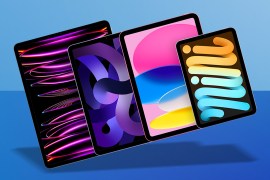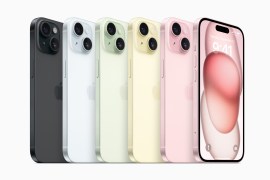WTF is MicroLED? Samsung’s new TV tech explained
Everyone's talking about Samsung's telly tech, but what is it? Let us cure your jargon headache...
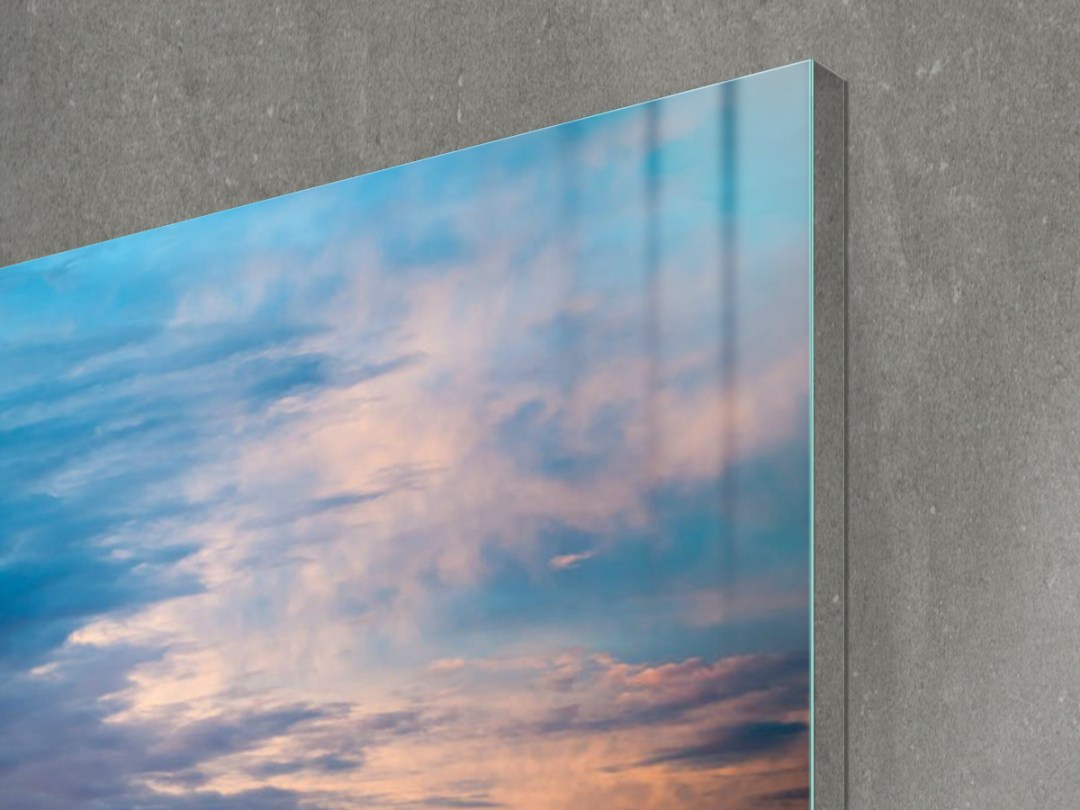
The TV industry loves jargon almost as much as it likes tempting you into bankruptcy with spectacular new sets.
Sure enough, just when we thought we knew our nits from our pixels, Samsung used CES 2018 to announce a new tech to keep us on our toes.
MicroLED is the new tech behind the company’s impressive 146in modular TV prototype, “The Wall”, and is promising to improve on traditional LCD TVs by offering increased brightness, better contrast and improved colour saturation.
It’s got a few tricks up its sleeve to show OLED a thing or two. But what the hell is it, how does it do it and when can you get your hands on it? We’re so glad you asked…
What is MicroLED?
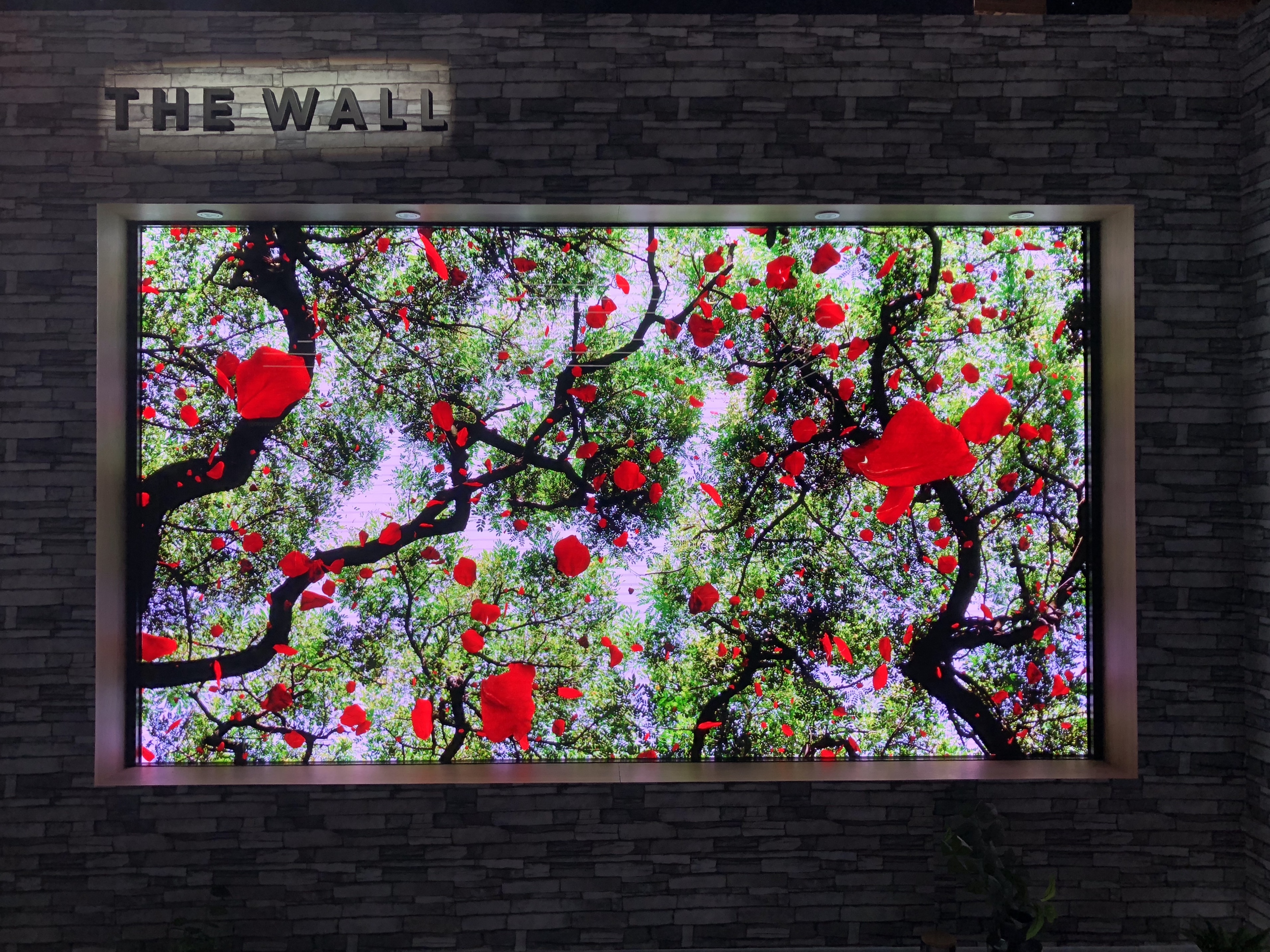
MicroLED (also known as mLED and µLED), is a bit like LCD or OLED, in that it is a TV tech that is ultimately responsible for how the content you’re watching appears on screen.
While Samsung has made a big song and dance of it this year, the technology itself actually dates back to the early 2000s, but had been aimed at smaller devices and – until now – hadn’t been into mass production.
How does it work?

Before we get into how MicroLED works, let’s first consider what’s currently available to see why it could be such a big step forward.
The leading TV technology right now is LED, which is actually an LCD panel with an LED backlight placed behind it. All the major manufacturers use it, and it’s likely that this is the tech running the TV in your living room right now.
As LCD screens aren’t able to produce their own light, the white LED backlight shines through several layers of colour filters and polarisers, which use that light to create the picture you see.
While backlight technology has improved considerably over the years, getting deep blacks has always been pretty tricky because backlighting can’t be hugely precise. When there’s a bright element on screen next to something dark, you’ll likely see contrast affected.
That problem was solved with the release of OLED, which is made up of individual pixels that emit their own light. This means a pixel can be switched off entirely when needs be for perfect black levels, but also offers great colours and superb viewing angles to boot.
The downsides to OLED? They’re not as bright as LCD screens, and due to their organic compounds, have a more limited lifespan than their LCD counterparts.
Okay, so what about MicroLED?
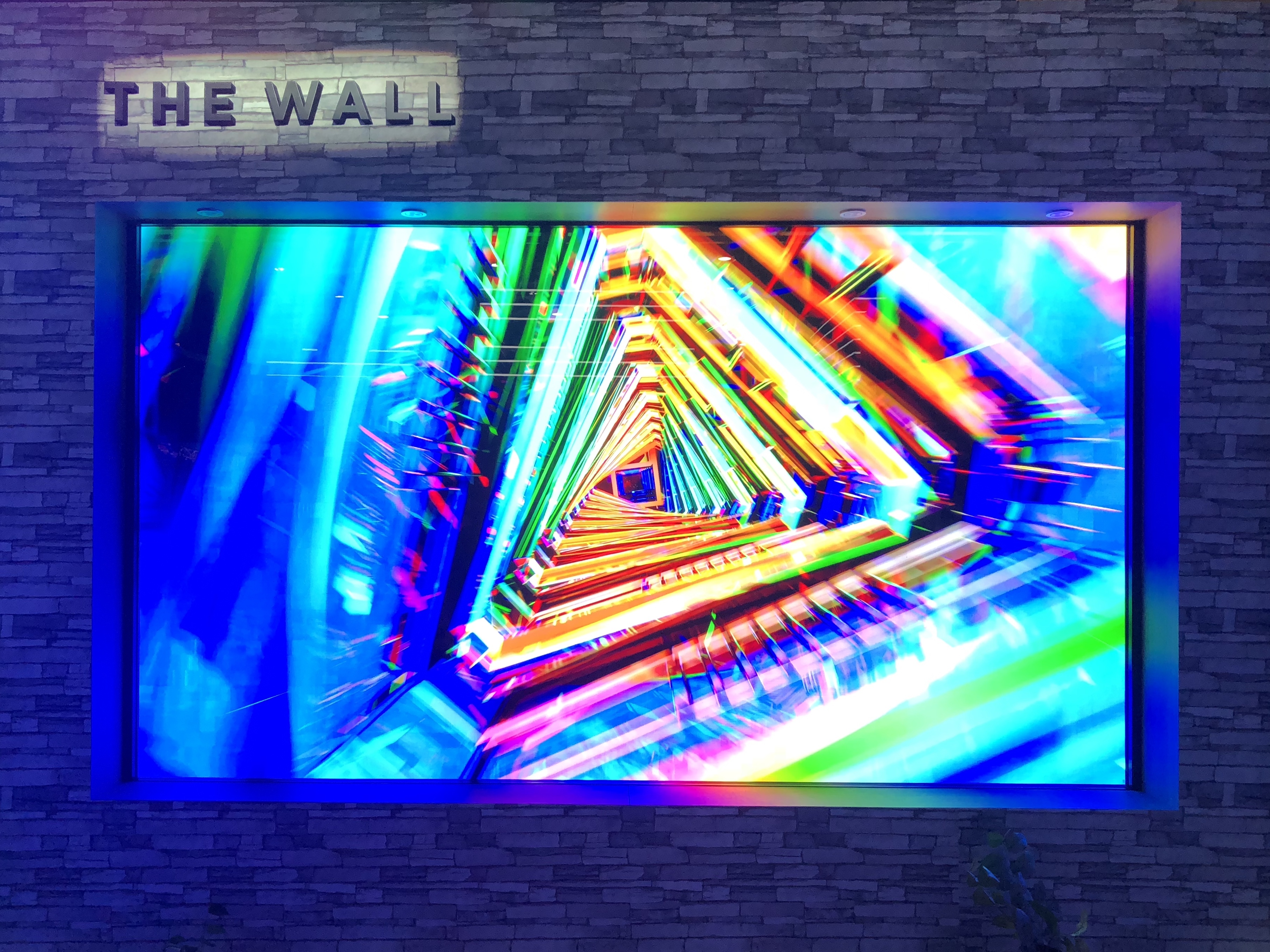
Brace yourself, we’re going to get sciencey.
Taken at its word, MicroLED should combine the benefits of both current panel technologies into one – all while dodging their weaknesses.
As its name suggests, MicroLED uses a number of microscopic LEDs, which are broken down into red, blue and green sub pixels (most commercial OLEDs just use white light), to form each individual pixel element of a picture.
Like OLED, MicroLED pixels are capable of emitting their own light, but replace the organic element of OLED with the inorganic substance, gallium nitride.
This allows MicroLED screens to be brighter than OLED, while also having a longer lifespan, without the worry of “burn in” (where the outline of a static image can remain on the screen when the image moves on).
The RGB subpixels should also ensure a wider colour spectrum too, for an overall brighter, punchier picture than OLED, but still retain with the same great black levels and off-axis viewing.
Sounds great! When can I get it?
Now you’re asking. Samsung reckons “The Wall” will be going on sale before the end of the year, but at 146in, most of us are unlikely to be able to fit it into our homes (let alone afford the no doubt monstrous, yet-to-be-announced price tag).
Still, considering MicroLED’s “modular” capabilities, the doors are open for it to be configured into different shapes and sizes in the future. It’s just at the moment, the costs to do so are prohibitively expensive, and the process ridiculously complex.
This means we could be looking at 3-5 years before we see it on our shelves in smaller form factors, and even then, expect price tags to be eye-watering for the first few years. In other words, don’t start fretting that your new OLED is suddenly obsolete.
As OLED proved though, processes will improve and prices will fall, so it seems like Samsung is playing the long game. It’s a clever tactic. With LG now clearing up in the OLED stakes due to its persistence with the technology early on (all TV manufacturers buy their OLED panels from LG), Samsung needs a truly competing technology to call its own. MicroLED could just be it.


